15+ Sample Research Collaboration Agreement
-
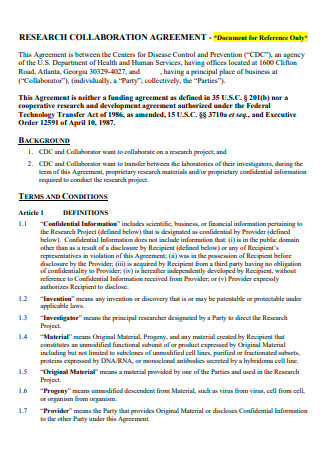
Research Collaboration Agreement Template
download now -
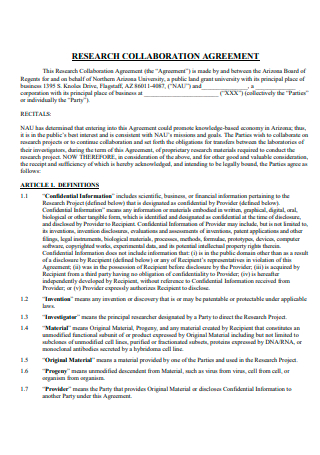
Basic Research Collaboration Agreement
download now -

Research Collaboration Agreement Example
download now -
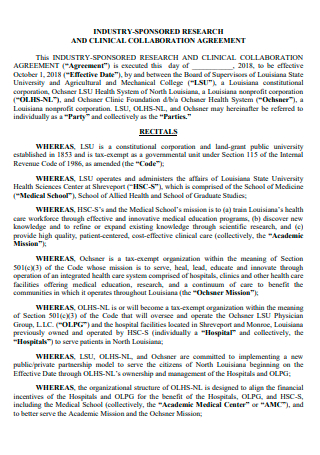
Industry Sponsored Research and Clinical Collaboration Agreement
download now -
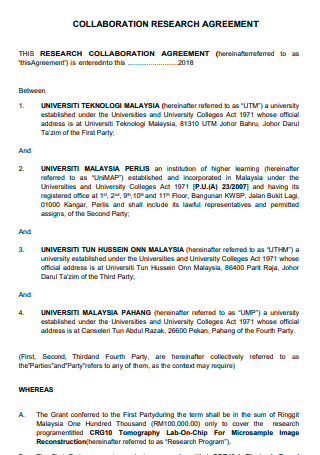
Printable Research Collaboration Agreement
download now -
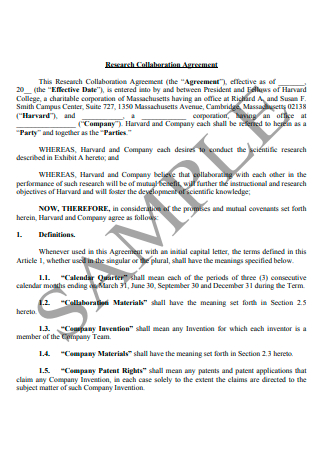
Sample Research Collaboration Agreement
download now -

Research Collaboration Agreement in PDF
download now -
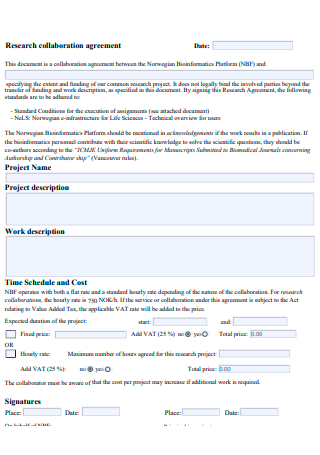
Formal Research Collaboration Agreement
download now -
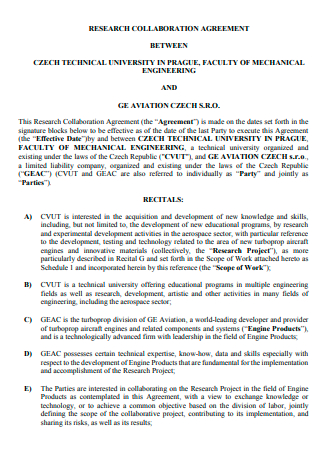
Simple Research Collaboration Agreement
download now -
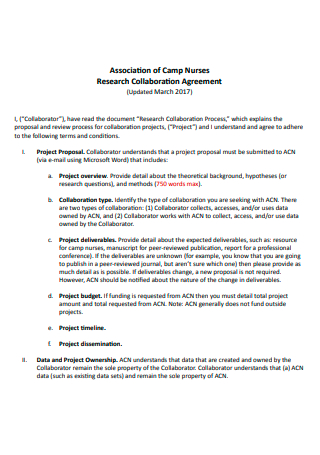
Association of Camp Nurses Research Collaboration Agreement
download now -
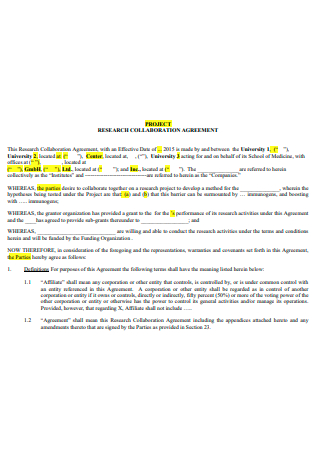
Project Research Collaboration Agreement
download now -
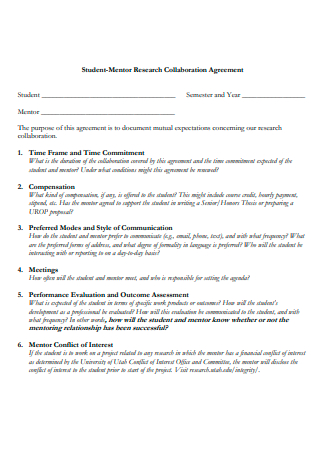
Student Mentor Research Collaboration Agreement
download now -
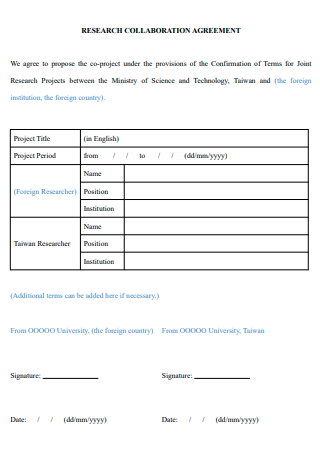
Research Collaboration Agreement Format
download now -
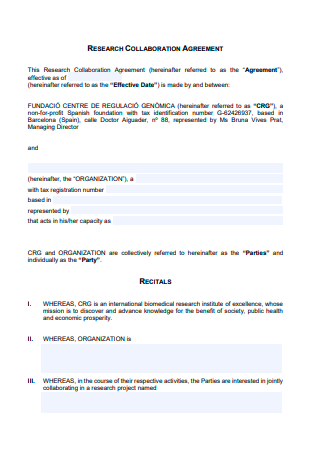
Standard Research Collaboration Agreement
download now -
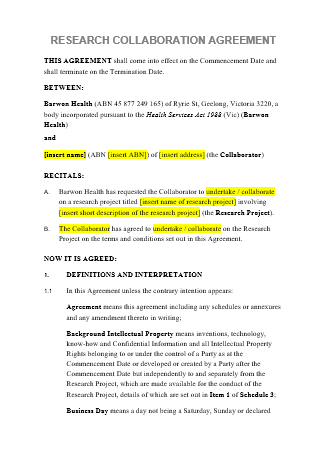
Draft Research Collaboration Agreement
download now -

Research Collaboration Agreement in DOC
download now
FREE Research Collaboration Agreement s to Download
15+ Sample Research Collaboration Agreement
What Is a Research Collaboration Agreement?
Important Things to Include in a Collaboration Agreement
Why Is Collaboration Important?
How to Effectively Collaborate on Research
FAQs
How and when should a research collaboration agreement be used?
How important is establishing a mentor-mentee relationship in research?
How important is a collaboration with regards to member/employee retention?
How important is research to students?
What Is a Research Collaboration Agreement?
Before anything else, what’s the role of collaboration in research? Simply put, collaboration promotes the formation of efficient communication and partnerships while also providing equal opportunity for the research team members. Furthermore, collaboration in research also improves ethical behavior by promoting honesty, integrity, fairness, openness, and secrecy when it is needed.
A research collaboration/collaborative agreement is a document that is used between two or more individuals or entities that wish to undertake a collaborative research effort. Typically, this form of agreement includes studies of joint interest to the researcher and the sponsor, along with joint rights and access to the results. Furthermore, in a research collaboration agreement, there is an assumption that new or additional intellectual property will be created as part of the project, and both parties will normally provide baseline intellectual property to the discussion.
Important Things to Include in a Collaboration Agreement
Drafting a Research Collaboration Agreement, or simply a Collaboration Agreement? Here are the important elements that need to be included:
Why Is Collaboration Important?
Individuals and entities that collaborate effectively are more likely to be successful in achieving their goals, become more culturally aligned, and may possess higher rates of engagement throughout their collaboration. With that being said, here are some reasons why collaborating with other parties are important:
How to Effectively Collaborate on Research
As collaboration becomes more and more prevalent in research nowadays, it is more important to know some of the good practices during the process of collaboration with multiple or other entities. With that being said, this section contains some tips on how to effectively collaborate during research.
-
1. Understand and Address Expectations
This is one of the first steps you can do whenever you collaborate with another individual or entity when performing research (or any other task for that matter). Because each team member may have different preferences about how they will participate and how they will be acknowledged, it is crucial to have an open discussion about these expectations because it makes it simpler for each member of the team to assist in the project efficiently. Maintaining a written record is a useful practice since it is critical that partners begin their project by predicting, addressing, and resolving any points of contention.
-
2. Divide Responsibilities
Another tip for effective collaboration is to divide responsibilities among members effectively. A clear division of labor, similar to addressing expectations, clarifies each team member’s position in the project. Additionally, this will aid in the facilitation of good authorship discussions.
-
3. Determine Authorship
This serves as another step for effective collaboration in research. Each person in a collaboration project may appear to have a distinct role. This assumption, however, might lead to misunderstanding and debate about the initial authorship. At the start of the project, it is important to agree on authorship. Authorship may change if the project evolves or adopts a new path. When this occurs, all parties re-negotiate authorship. Disagreements regarding authorship are significantly less probable when it finally happens to release the study.
-
4. Communicate Frequently
This is one of the most important steps during any type of research project, let alone a collaborative one. It is always important to maintain open channels of contact with the rest of the team. It’s easy to lose contact if you don’t have a defined schedule or study objectives. If you haven’t heard from a member in months, don’t assume it’s because there isn’t any news. In order to take your study to completion, keep in contact about timeframes and the general state of the project. Keep your adviser up to date on your research as well. If you’ve been out of contact for months, your adviser may have different preferences about how much development you’ve made or precisely what you’re working on.
-
5. Establish Access to Data
Data is massively important in research, which is why it is important that members in collaborative research establish who gets access to what data. It is possible that not all parties will have access to all the information. Some programs pool full data among participants, while others share as much as they can. A clear dialogue about who can have exposure to what information is required at the start of the project. If the project’s direction changes or the project develops, the issue of who has access to which data should be revisited.
FAQs
How and when should a research collaboration agreement be used?
This sort of document should be used when two or more participants, whether they are individual students or entities interacting with each other, want to collaborate on a single project. The research cooperation can be for any legal purpose, although these types of documents are most commonly employed in the context of generating new products and the pursuit of knowledge development or enhancement. This agreement, if correctly designed, will cover all the parties require.
How important is establishing a mentor-mentee relationship in research?
Having an effective mentor-mentee relationship is critical because the issues faced by the mentor will be confronted by the mentees, and it will be the present researcher’s responsibility to mentor the future generation of researchers. The mentor is responsible for meeting with mentees on a regular basis and ensuring that they are aware of academic and nonacademic regulations.
How important is a collaboration with regards to member/employee retention?
Collaboration is enticing to prospective and present workers, maybe more so than firms that are compartmentalized and separated, since it creates the groundwork for a more open, connected, and engaged workplace. A collaborative environment is crucial to your employees, and it will go a long way toward keeping them in your organization as opposed to them seeking work elsewhere.
How important is research to students?
Students benefit from research since it allows them to do in-depth analyses of everything. When students do research, they learn how to strike a balance between collaborative and individual effort. Individual work refers to work that the student alone must complete, whereas collaborative work is that that has already been completed by previous researchers. As a result, the students understand which things to examine and which to disregard.
Research is used by nearly everyone, including students, scientists, engineers, and many others looking to seek further understanding of their current knowledge or further enhancement of their products and services. Since research can be too complex for a single individual to handle, collaboration is a must. In this article, sample templates of a research collaboration agreement are readily available for you to obtain and use as a reference.
